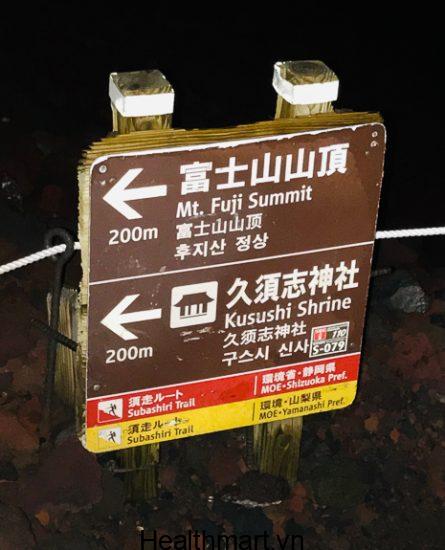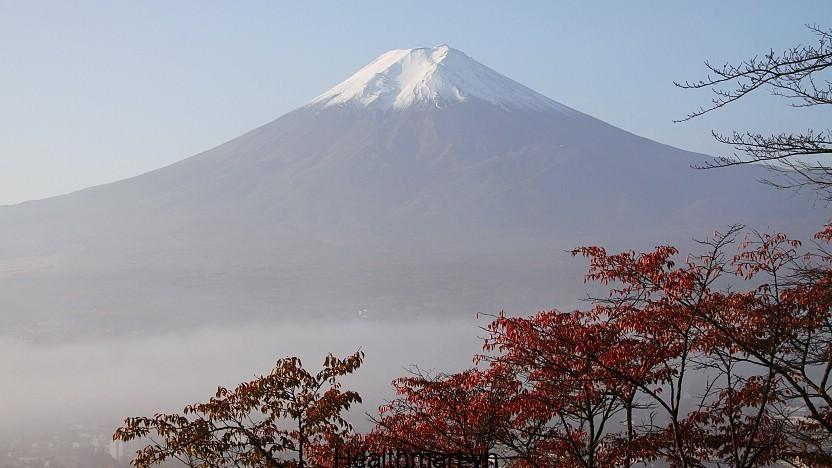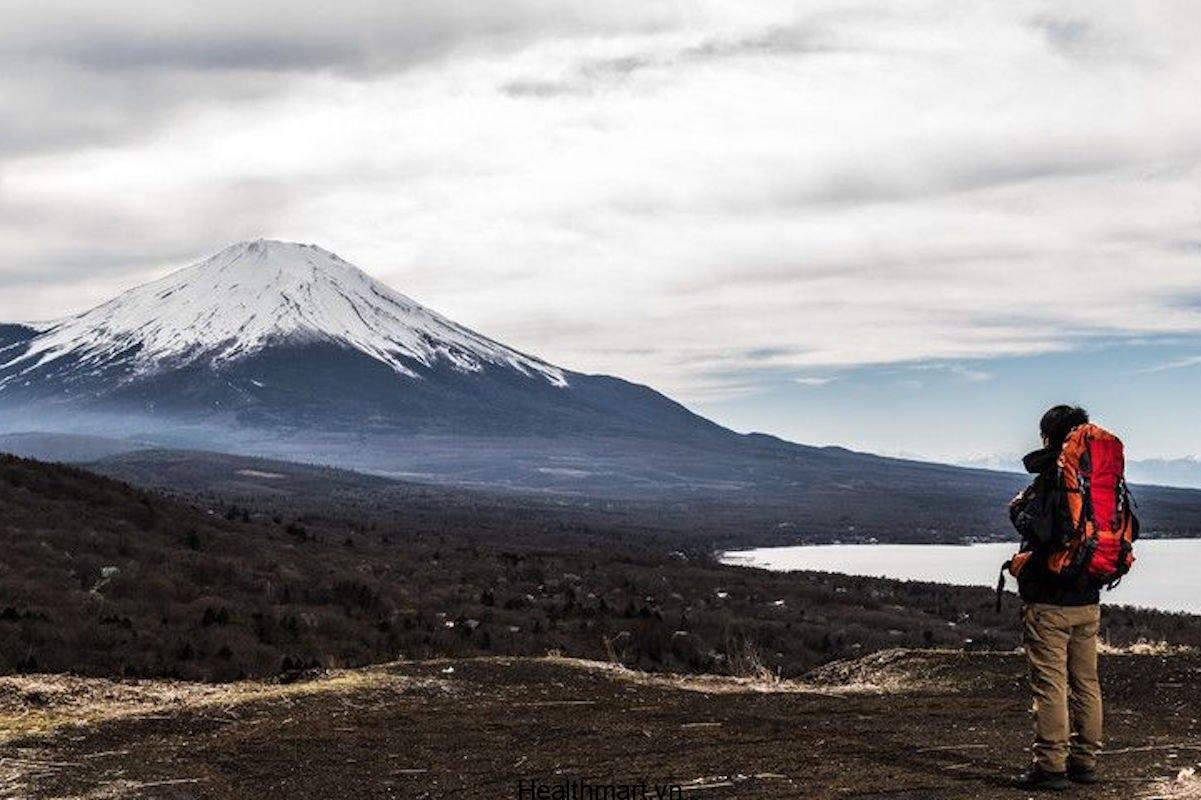No products in the cart.
En
First Time Climbing Mount Fuji? You Need To Know These Things
First Time Climbing Mount Fuji? You Need To Know These Things

Mount Fuji, Japan’s iconic and majestic stratovolcano, beckons adventurers from around the globe. Scaling its slopes is an unforgettable experience, offering breathtaking views and a sense of accomplishment. But before you embark on this incredible journey, it’s crucial to be prepared.

This guide will equip you with essential information to ensure a safe, enjoyable, and successful ascent of Mount Fuji. From understanding the climbing season to packing the right gear, we’ll cover everything you need to know for your first climb.

Choosing the Right Season
The climbing season for Mount Fuji typically runs from early July to late September. During this time, the mountain’s trails are open, and the weather is generally favorable. However, it’s important to consider the different seasons within this period and their implications:
Early Season (July):
- Lower Crowds: Fewer climbers are present, making for a more tranquil experience.
- Warmer Temperatures: Enjoy pleasant daytime temperatures, although nights can still be chilly.
- Potential Snow: Snow patches may remain on higher trails, requiring extra caution.
- Shorter Days: Limited daylight hours can affect your ascent and descent time.
Mid-Season (August):
- Peak Season: The busiest time, with the highest number of climbers.
- Pleasant Weather: Generally sunny days with warm temperatures and cool nights.
- Longer Days: More time for hiking during daylight hours.
- Heavy Foot Traffic: Be prepared for crowds on the trails.
Late Season (September):
- Cooler Temperatures: Expect lower temperatures, especially at night.
- Increased Chance of Rain: Higher precipitation and potential snowfall.
- Reduced Services: Some mountain huts may close as the season ends.
- Fewer Crowds: Less foot traffic compared to mid-season.
Acclimatizing to Altitude
Ascending Mount Fuji involves climbing to a significant altitude, and failure to acclimatize properly can lead to altitude sickness. Here are some steps to prepare your body for the change in altitude:
- Gradual Ascent: Avoid rushing your climb. Take your time to acclimatize to the higher elevation by starting your hike from the lower trailhead and spending a night or two at a mountain hut.
- Hydration: Drink plenty of water in the days leading up to and during your climb. Dehydration can exacerbate altitude sickness.
- Avoid Alcohol and Smoking: Alcohol and smoking can dehydrate you and interfere with your body’s ability to acclimatize.
- Rest and Sleep: Get ample rest and sleep before and during your climb.
Essential Gear and Packing List
Packing the right gear is crucial for a comfortable and safe climb. Ensure you have the following essentials:
- Backpack: Choose a comfortable backpack that can fit all your essential gear.
- Hiking Boots: Sturdy, waterproof hiking boots are essential for navigating the rocky and sometimes slippery trails.
- Clothing: Pack layers of clothing to adjust to the changing temperatures. Include a warm jacket, fleece, hat, gloves, and waterproof gear.
- Sleeping Bag and Mat: If you plan to stay overnight in a mountain hut, you’ll need a sleeping bag and sleeping mat.
- Headlamp or Flashlight: Essential for navigating the trails at night and for early morning starts.
- First-Aid Kit: Pack a comprehensive first-aid kit for minor injuries.
- Water Bottles or Hydration Pack: Carry enough water to stay hydrated throughout the day.
- Snacks and Food: Pack high-energy snacks and meals to keep your energy levels up.
- Sunscreen and Sunglasses: Protect your skin and eyes from the sun’s rays.
- Trekking Poles: Trekking poles can provide added support and stability, especially on steep sections.
Choosing the Right Route
Mount Fuji has four main trails leading to the summit, each with its own characteristics. Here’s a brief overview of each route:
- Yoshida Trail: The most popular and accessible route, known for its gradual ascent and well-maintained facilities.
- Subashiri Trail: A shorter and steeper route with stunning views, offering a more challenging climb.
- Fujinomiya Trail: A challenging route with a steep incline, suitable for experienced climbers.
- Gotemba Trail: The longest and least crowded trail, offering a gradual ascent with stunning panoramic views.
Hiking Etiquette and Safety Tips
Respecting the mountain and adhering to safety guidelines is paramount. Here are some important considerations:
- Stay on Marked Trails: Stick to designated trails to protect the fragile mountain environment and ensure your safety.
- Leave No Trace: Pack out all trash and dispose of it properly.
- Be Mindful of Noise: Avoid loud music or disruptive behavior to maintain the peaceful atmosphere.
- Respect Other Climbers: Be courteous and considerate of fellow climbers.
- Be Prepared for Weather Changes: Conditions can change rapidly on Mount Fuji. Pack appropriate clothing and gear to stay warm and dry.
- Be Aware of Altitude Sickness: Be mindful of the signs of altitude sickness and take necessary precautions.
- Heed Warning Signs: Pay attention to warning signs and follow all safety guidelines.
- Carry a Map and Compass: Even with GPS navigation, it’s always a good idea to carry a map and compass.
Conclusion
Climbing Mount Fuji is a challenging but incredibly rewarding experience. By understanding the nuances of the climb and preparing thoroughly, you can ensure a safe, enjoyable, and memorable adventure. Remember to acclimatize properly, pack the right gear, choose the appropriate route, and follow hiking etiquette and safety guidelines. Embrace the beauty of this iconic mountain and cherish the sense of accomplishment that comes with reaching its summit.
Tags:
- Mount Fuji
- Climbing
- Hiking
- Japan
- Travel


I’m so glad I found this article! I’m planning a trip to Japan next year and I’ve been wanting to climb Mount Fuji. This article is really helpful and I’m feeling more confident about my climb now.
I’m not sure I’m convinced by the author’s argument that it’s important to climb Mount Fuji at night. It seems like it would be way too cold. I can’t imagine walking around in the cold for hours. This is very silly! It is just so stupid! I hope you’re happy with yourself!
This article is a joke. You can’t just climb Mount Fuji. It’s a very dangerous mountain. I think you should think before writing an article about something so serious! I think it’s important to respect the mountain and be careful. I’m very upset about how you’re trying to make this into a simple and easy task. I know you have good intentions, but this is a serious subject.
This is a great article! I’m so excited to climb Mount Fuji now. I’ve always wanted to do it, and this article has given me all the information I need. Thanks for sharing!
I’m not sure this article is very helpful. It just seems like a list of things to buy. I wish it had more information about the actual climb, like how difficult it is, and what the trail conditions are like. I am so annoyed! I thought this was going to be a great article!
I’m planning a trip to Japan in the near future, and I’m really excited to climb Mount Fuji. This article is a great resource for anyone who is planning to climb the mountain. It’s a little bit scary, to be honest. I’m going to take all of your advice.
I’m not sure I agree with the author’s suggestion to bring a walking stick. It seems like an unnecessary extra item to carry. I think it’s more important to have good hiking boots. I think that the walking stick is a terrible idea and that the author is a bad writer.
I’m not sure I understand why the author is so obsessed with Mount Fuji. It’s just a mountain. There are plenty of other mountains in the world that are just as interesting. This is very strange! This is so random! I don’t get why this is such a big deal. I am very confused. I think you’re a little crazy.
This article is so funny! It’s like the author has never climbed a mountain before. They’re telling us to bring all sorts of ridiculous things, like a walking stick and a flashlight. This is a very funny article! I’m laughing so hard, I think I’m going to cry.
I’m a little skeptical of the author’s advice. It seems like they’re trying to scare us into buying all sorts of unnecessary gear. I think I can climb Mount Fuji without spending a fortune on fancy equipment. I think you should be honest with the readers.
I’m a little confused about the author’s advice on when to climb Mount Fuji. I thought the best time to climb was in the summer, when it’s warm, but this article says that it’s best to climb in the fall. This is very misleading! This is very important and you should clarify this! I think you should do more research before writing an article. I’m going to be honest and say I’m disappointed by this article.